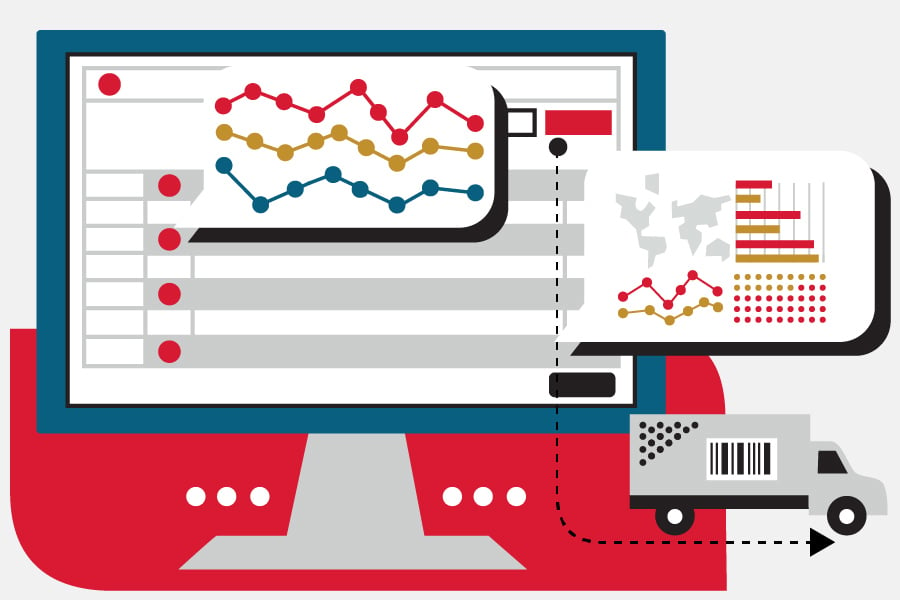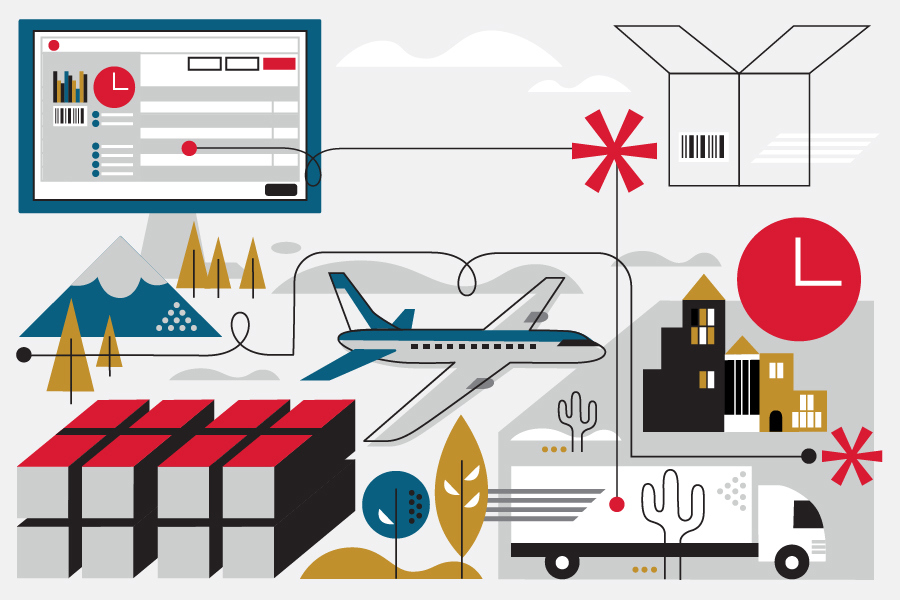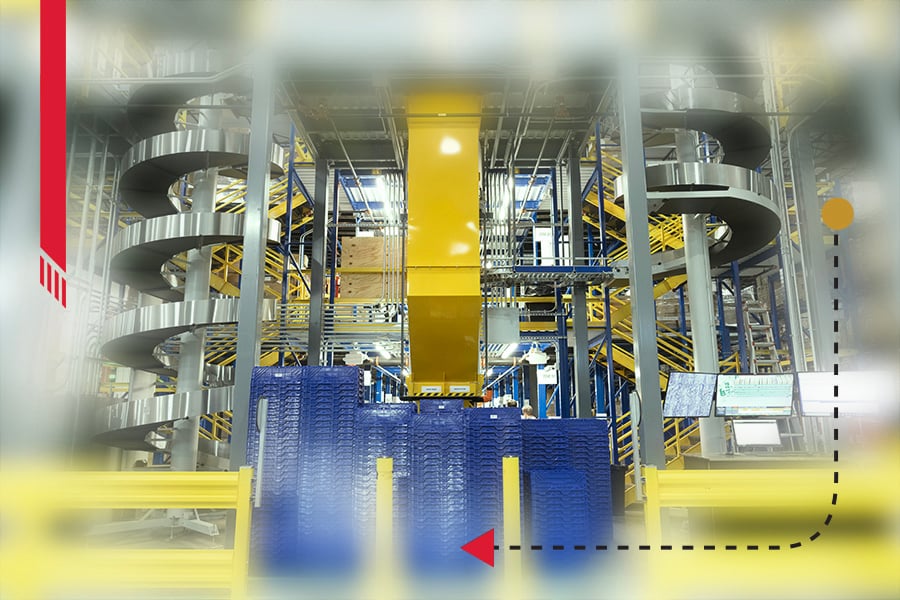Offering free shipping in e-commerce gives many benefits for both businesses and customers. It can significantly boost conversion rates by eliminating the deterrent of shipping costs. This competitive advantage distinguishes businesses and reduces cart abandonment, a common consequence of high shipping fees. Customer loyalty is fostered as free shipping becomes a positive aspect of the shopping experience. Additionally, businesses observe an increase in average order values as customers strive to qualify for free shipping by adding more items to their carts.
The positive perception of transparent pricing and customer-friendly policies enhances brand image, contributing to customer satisfaction and potentially driving positive reviews and referrals. Free shipping can also be strategically employed in marketing campaigns and promotions, attracting attention and boosting sales. However, businesses need to carefully assess the financial impact and consider incorporating shipping costs into product prices or setting minimum order thresholds to maintain profitability while offering this attractive incentive. Overall, free shipping stands as a powerful tool to enhance customer experience, drive sales, and build lasting relationships.








